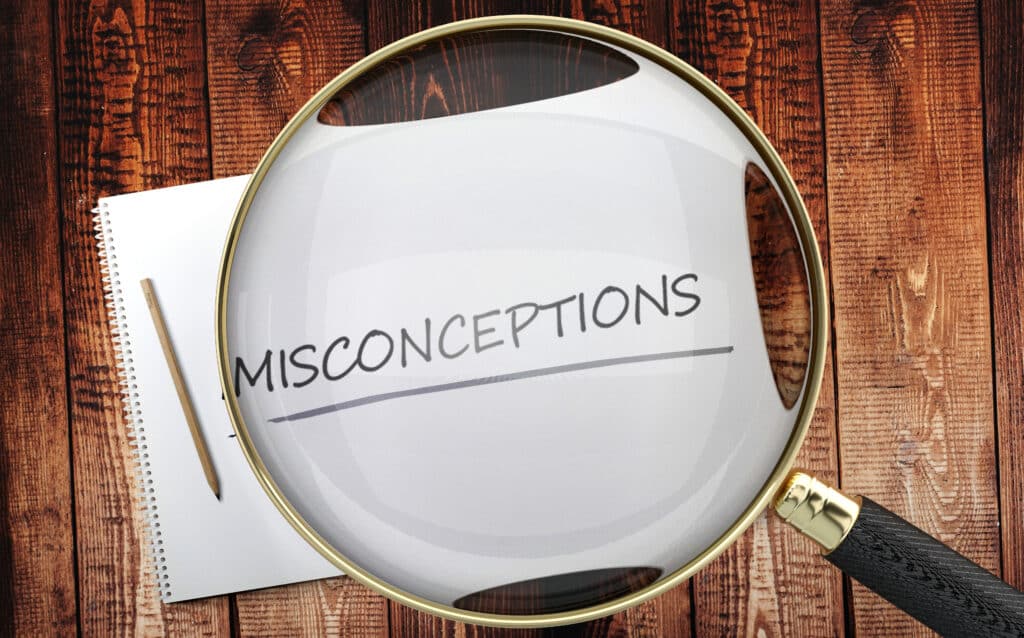Stay up to date with the latest Gevers news by signing up for our newsletter.
Unfortunately, many misconceptions exist when dealing with patents. A number of those are addressed below.
A patent does not give you (the patent owner) the right to use the protected invention.
A patent is a negative right. It provides you the right to prevent a third party from producing, selling or using the protected invention. However, the protected invention may well infringe existing patents.
There are no patent police.
A patent owner has to undertake (legal) action to have their patent right upheld. There exists no instance (e.g. governing, legal or otherwise) that will undertake the steps necessary to enforce a patent right vis-à-vis a third party.
Using an invention is not (necessarily) a safeguard against infringing a patent later on.
If your use is kept secret, it cannot be used to invalidate a patent granted from a later filed patent application.
Many (European) patent laws have a prior use exception allowing you to continue using the invention where that use began before a patent application was filed for the same invention. However, such prior use exceptions are limited in territorial scope and national law may prevent you from expanding and/or altering the activities.
The validity of a patent is (not) set in stone.
The validity of a patent can be challenged after the patent has been granted. However, the burden of proof is on the party challenging the patent.
Many patents (for example European patents) are only granted after a substantive examination has been undertaken which is usually based on written documents, specifically patent publications. Other relevant prior art (e.g. lectures or public prior use) is typically not considered as this is unavailable to the patent office. Such other prior art is therefore usually a good starting point to challenge a patent.
Information cannot be added to a patent or a patent application.
Once a patent application has been filed, it is a closed document. No information can be added at a later stage (for example during patent prosecution) to clarify, explain or defend the invention described in the patent application.
It is permitted to add information in a later filed patent application which claims priority from an earlier patent application. This can only be done within the one-year priority period and may lead to a later date for assessing the validity of the patent (application).
An international patent does not exist.
A patent is restricted to a specific territory and no single patent confers protection for your invention at a worldwide level. However, an international (patent) application exists and refers to an application filed according to the Patent Cooperation Treaty (PCT). The PCT provides for a single application which, after a period of generally 30 to 31 months, can be prosecuted further in up to 157 countries.
A unitary patent application does not exist.
A unitary patent is derived from a European patent application, either a direct European patent application or an international (patent) application under the Patent Cooperation Treaty (PCT) which enters the European regional phase. Once the European patent application is granted, the patent owner has a European patent and then has the choice to request unitary effect to obtain a European patent with unitary effect, usually referred to as a unitary patent.
A Benelux patent does not exist.
If you want patent protection in Belgium, the Netherlands and Luxembourg, there are several options. You can file a national patent application in each of these countries. You can file a European patent application and validate this after grant in each of these countries or you can request unitary effect after grant. However, it is not possible to obtain a single patent right covering only the Benelux.
